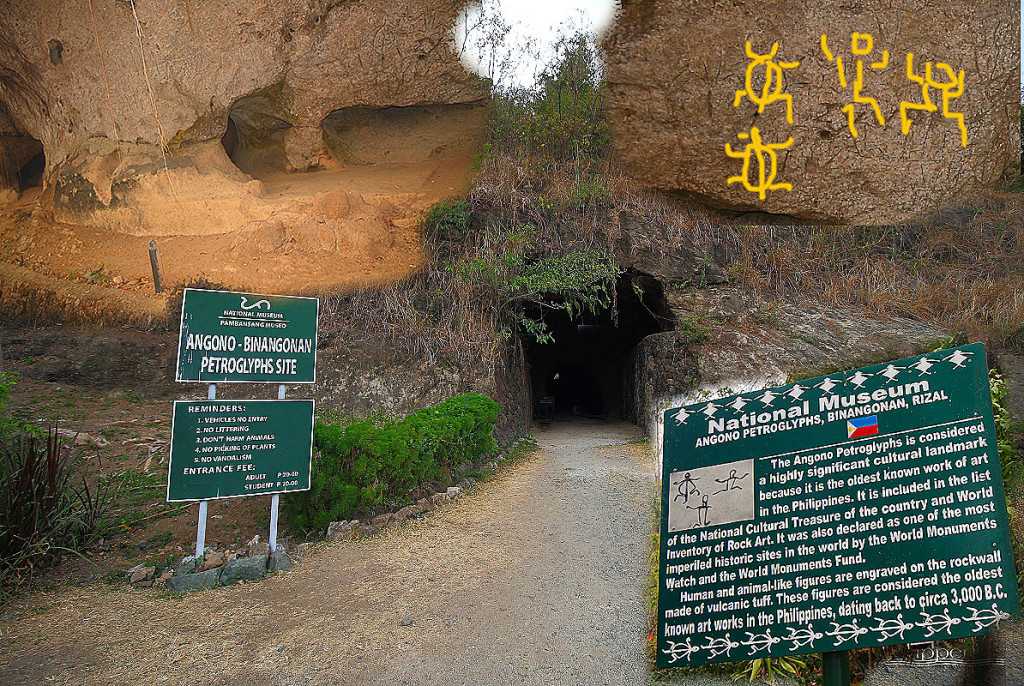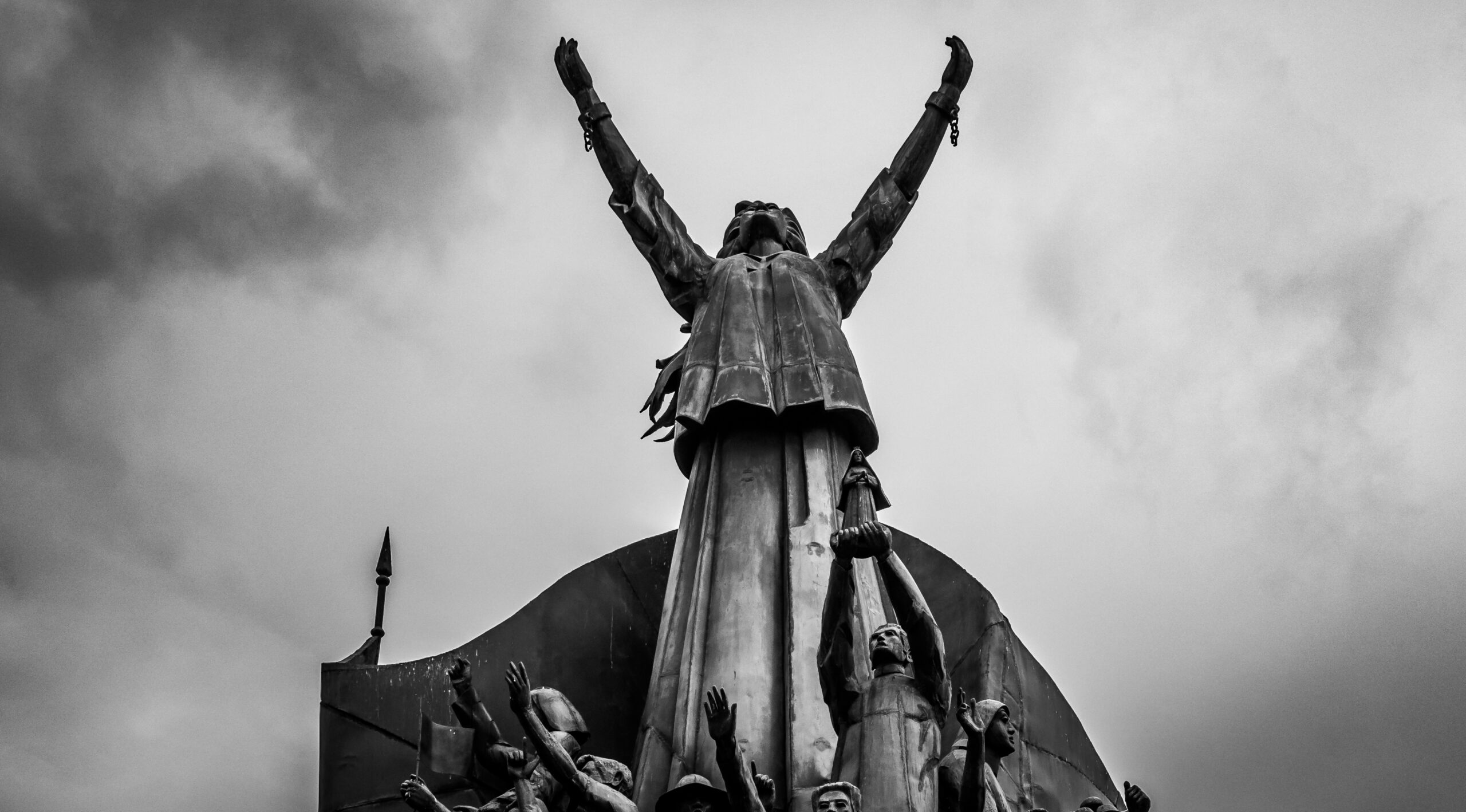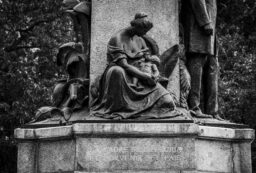We visited the Angono Petroglyphs in Rizal around the time of Holy Week. According to Wikipedia, it is deemed the “oldest work of art in the Philippines, with 127 engraved human and animal figureson the rock wall, probably carved during the late Neolithic era.” This site is also among the historic sites of the World Monuments Watch and World Monuments Fund.



More Photos of Angono Petroglyphs here
The exterior of the cave looked like a tomb, and passing through the tunnel of this cave, you’ll reach a quiet road before reaching the main area where the petroglyphs are found. At the height of a sunny afternoon, the scene is similar to what I’d hold in my head about the Road to Emmaus, a Bible Story in Luke 24: 13-32.
This site is maintained and guarded closely although the guards and staff in charge were friendly and accommodating, aware that people visit to behold one of the world’s Inventory of Rock Art.




More Photos of Angono Petroglyphs here
I wondered what if more awareness campaigns can be made to encourage more visitors at the Angono Petroglyphs? For example: surrounding it with a place to have coffee or dine in, without affecting the core site? What if this site can be included in student field trips more often?
I also hope that souvenir area could be nearby, to explain to me what could be the messages behind the those primitive carving in the Province of Rizal that was discovered by no other that the National Artist for visual art himself Botong Francisco during the field trip with Boy Scouts in 1965.



More Photos of Angono Petroglyphs here
After all, it is among the key reasons why Rizal is considered the art capital of the country. In addition, it is quite close to the Rizal Thunderbird Resort. It has also been reported that the research team of the National Museum headed by Archaeologist Alfredo Evangelista has recovered four stone tools in this site.
Peter Westbrook said that “so much of our future lies in preserving our past.” The importance and the foundation of our past is what made us what we are today. The Angono Petroglyphs is one that speaks about our past, and is very well deserving of preservation.
Angono Petroglyphs is open every Mondays-Fridays / 9:00 am – 4:00 pm; Saturdays, Sundays and holidays by appointment.
Contact Information:
National Museum, Binangonan Branch, Binangonan, Rizal Region IV ASBMD, National Museum Central Office; 527-4192
How to get there:
By land. There are three two-hour routes from Manila to Rizal province. The northern route runs from Caloocan City to Marikina City. The middle route runs from EDSA to Pasig. The southern road passes through the town of Parañaque.








